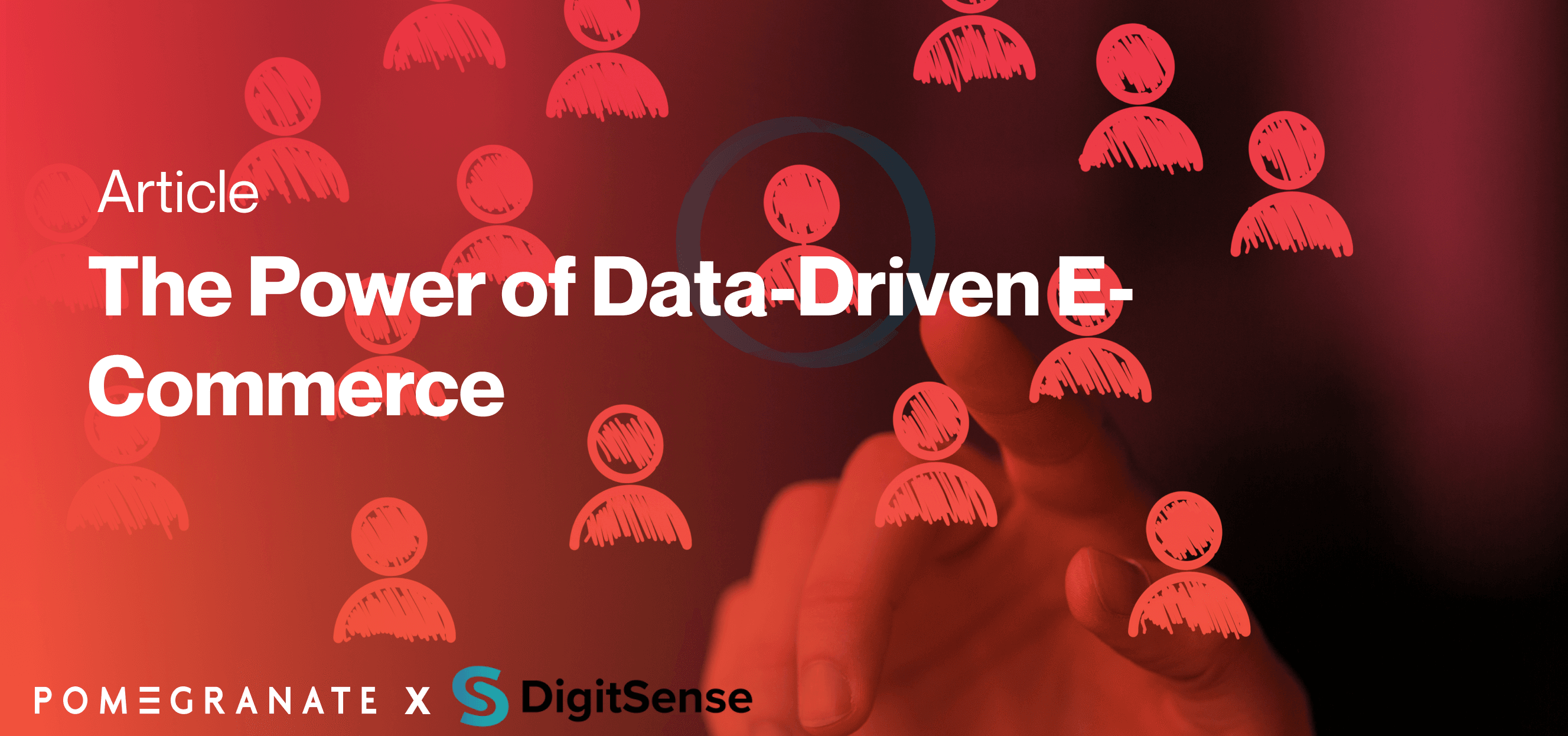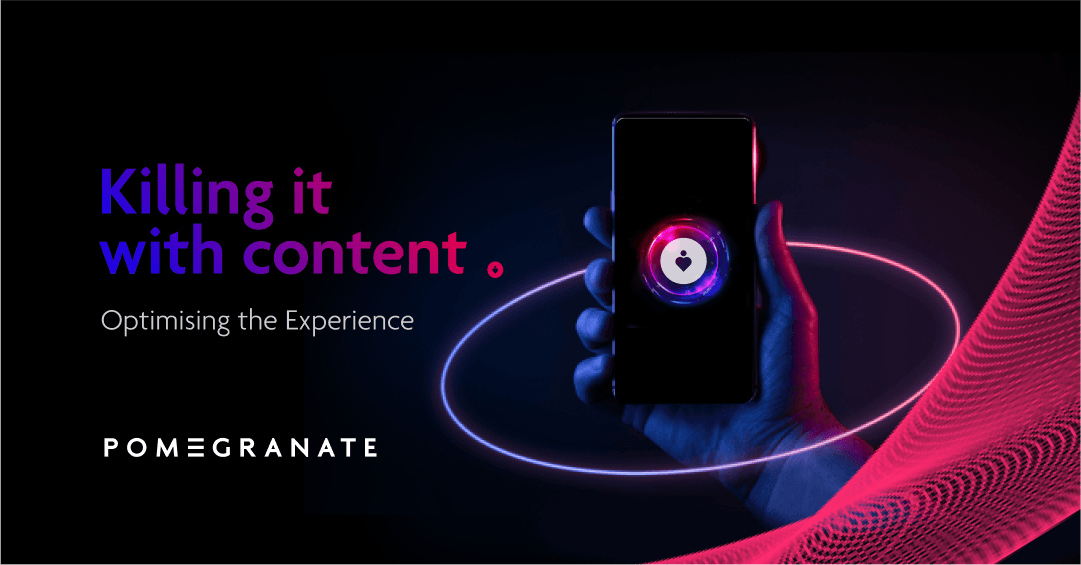Healthcare marketing needs a fresh approach. As the industry digitalises, B2B stakeholders now expect personalised experiences that deliver genuine value—not just another sales pitch.
This article explores the three fundamental shifts reshaping how pharmaceutical companies, medical device manufacturers, and healthcare technology providers should be communicating with their customers and patients.
1. The Era of Personalised Expectations
The first fundamental shift is the evolution from generic messaging to deeply personalised experiences.
Modern healthcare consumers expect communications tailored to their specific needs and journey stage. This expectation flows naturally from their experiences in other industries like retail and tech, where personalisation has become the gold standard for meaningful engagement¹.
Despite McKinsey's research showing personalisation "improves patient outcomes and reduces readmissions", many healthcare marketers remain tethered to mass messaging approaches that feel increasingly out of touch².
When we personalise experiences rather than broadcasting identical messages, we transform how healthcare marketing delivers care through communication—creating a resonance that generic approaches cannot achieve.
2. The Death of Static Messaging
The second fundamental shift is about breathing life into healthcare communications.
When we examine today's healthcare landscape, we see professionals hungry for engagement that speaks to real-world challenges and carries a level of interactivity that technical brochures cannot deliver³.
We witnessed this transformation unfold beautifully with a diagnostics company we partnered with. By shifting their focus from technical specifications to addressing genuine customer needs and reimagining their approach through animated explainers rather than static brochures, engagement soared with clients, and sales grew by over £20 million.
The Financial Times captures this evolution perfectly: "Influence-based, trust-building marketing outpaces traditional push campaigns"⁴ across healthcare sectors.
3. The Patient-Centred Revolution
The third fundamental shift illuminates a truth hiding in plain sight: traditional healthcare marketing is crumbling because it's forgotten who should sit at the heart of every clinical decision.
Behind every healthcare professional stands a patient whose wellbeing orchestrates every choice. We've discovered something magical in our partnerships—when you place the patient at the centre of your marketing communications, your B2B relationships with healthcare buyers transform into something infinitely more valuable.
By offering clinicians digital communication tools that enhance patient understanding and nurture trust, you create connections that transcend transactions, weaving something far more meaningful.
Working with a dental pharmaceutical provider, we witnessed this alchemy unfold. By creating an ecosystem of digital resources—visual guides that simplified complexity, videos that illuminated understanding—we helped our client support their extended target audience: the patient. These resources became invisible threads of care, connecting provider to patient in moments that truly matter.
Discover the Patient-Centred Approach to Healthcare Marketing
As "healthcare consumerism grows, demanding smarter, more responsive marketing" [4], the organisations that thrive will be those who recognise a simple truth: beneath every white coat beats a human heart seeking connection and generally looking to do right by their patients.
Speak with our team to learn how you can beginning moving towards patient led marketing.
References
- McKinsey & Company. (2020). Consumers rule: Driving healthcare growth with a consumer-led strategy.
- Rave Health. (n.d.). Traditional marketing fails in modern healthcare.
- McKinsey & Company. (2021). The rise of digital marketing in medtech.
- McKinsey & Company. (2023). Engaging the evolving US healthcare consumer.





